People ask us all the time why the Ethica Diamond gemstones are so much cheaper than mined diamonds. And why they’re so much cheaper than lab-grown diamonds.
It’s a really good question, and the answer says more about why mined diamonds are so expensive than why ours are not. There are diamonds in this hole in the ground, and once you shape them, and polish them, they become the sparkly gems you recognise in jewellery. They take a lot of work to get them to this quality though. Gold was popular in the time of the pharaohs, and before, and diamonds have been in use in jewellery for centuries, but they only really came to prominence in the 20th century.
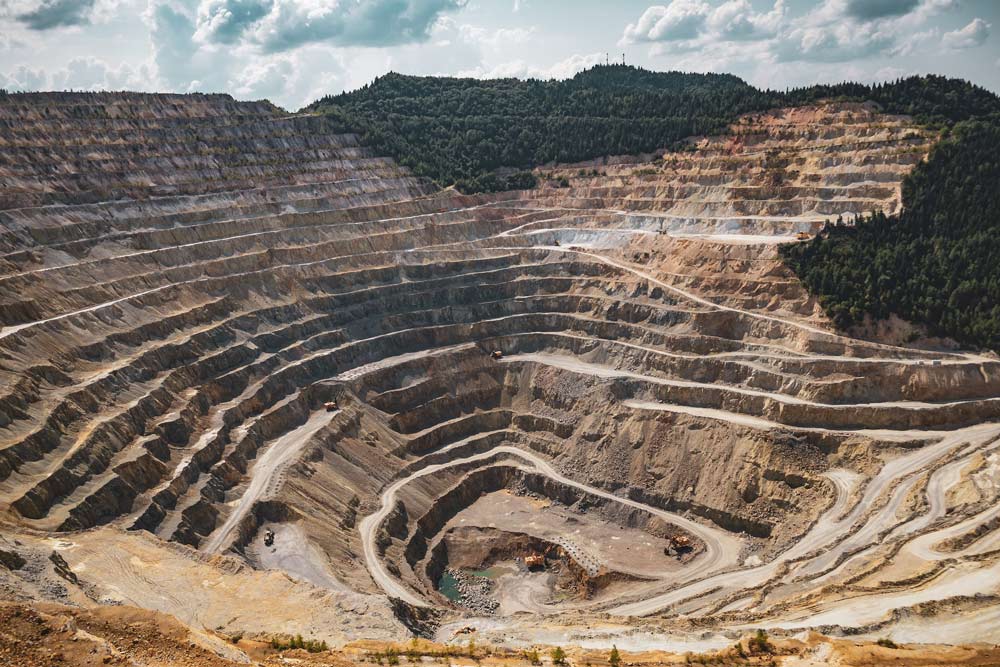
For that, you can thank De Beers. They are a diamond cartel, owning diamond mines and processing works as well as huge stockpiles of diamonds, across the world. They very carefully bought up the mines (owning 90% of the industry in the 1990s), and have been managing the supply to create the illusion of scarcity ever since. Of course, managing demand goes hand in hand with that, too. Enter one very clever marketing campaign.

Old marketing campaign advertising "A diamond is forever"
You’ve probably heard ‘diamonds are forever’ slogan, well, that was the line that ad agency NW Ayer came up with in 1947, to market De Beers’ diamonds as engagement rings.
The idea behind the De Beers scheme was to encourage people to purchase diamonds as luxury items, and boy did it work! The belief that diamonds are valuable and scarce dates from this period, as does the prevalence of diamonds in engagement rings. Even now, diamonds are expensive, compared to other gemstones of comparable size, and are associated with luxury and getting engaged.
The thing is, diamonds are not valuable, per se, just expensive. The pricing of diamonds is very carefully regulated, controlled and monitored to protect the diamond producers. The actual prices that diamonds are sold for come from the Rapaport Diamond Report, administered by their trading network RapNet.
This is what they say, on their website – “The Rapaport Price List is the international benchmark used by dealers to establish diamond prices in all the major markets.”
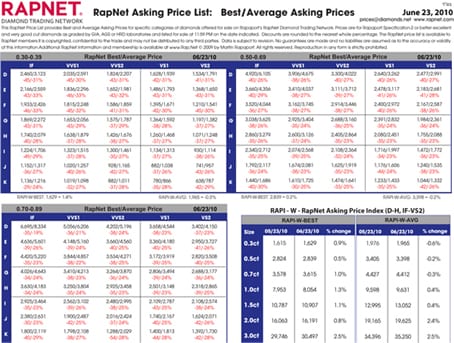
This is a screenshot of the RapNet pricing tables for a week in June 2010.
The price list is a series of tables that give a per-carat price for diamonds of different clarity and colour, with higher prices being attributed to larger, whiter and more-flawless gems. Read more about the 4 C's on our Diamond Buying Guide.
These prices give the ‘new’ price, and the replacement value. If you attempt to sell a diamond second hand, you will quickly discover that the re-sale value is considerably less.
Prices for lab-grown diamonds are also allocated on the Rapaport price sheet, with a deduction of around 30%. Lab-grown diamonds that are certified by the IGI (International Gemological Institute) or GIA (Gemology Institute of America) are always priced according to the RapNet price structure, which means that most lab-grown diamonds are tied to the system that protects the interests of the diamond mining conglomerates.
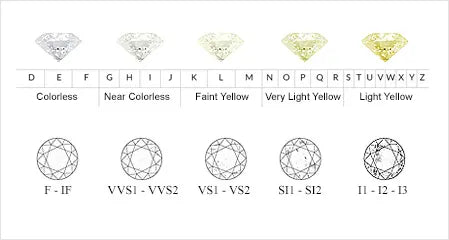
Our Ethica Diamond® gemstones are independently certified, by the GRI or IGI, which means they can be independently priced as well.
We set the prices for our Ethica stones according to the cost of production and bringing them to the customer, as with a regular commodity. This is why the Ethica Diamond gemstone retails for around 90% less than an equivalent mined diamond, and are also cheaper than lab-grown diamonds.
Our ethical credentials are the cornerstone of our business, and we believe that pricing our diamonds should be a part of this. We believe that you, the customer, deserve jewellery that is ethically sound, environmentally faultless, and fairly priced, and we are committed to offering that to you. Find out more on Our Stones Page or our Environmental Ethos.
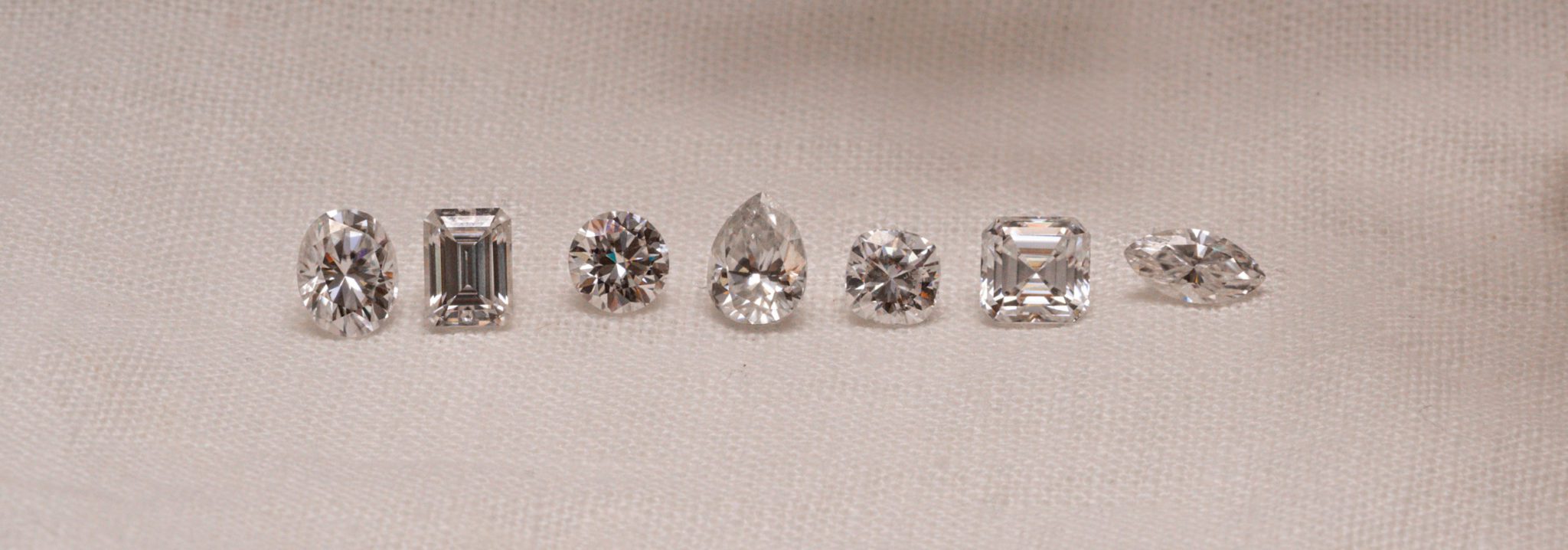
Sources:
Read Next
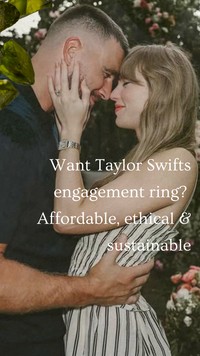
Inside Taylor Swift’s Engagement Ring (and How to Get the Look for Less)
Taylor Swift is officially engaged - and her breathtaking vintage engagement ring has everyone talking. Featuring an 8-carat old mine cut diamond in an antique Georgian-inspired setting, the ring is estimated to be worth over $550,000. But for fans who adore the timeless style without the price tag, Ethica Diamonds offers stunning lab-grown alternatives, including bespoke replicas for a fraction of the cost. Discover everything about Taylor’s engagement ring design, price, and how you can get the look ethically and affordably.
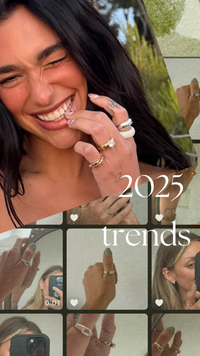
Dua Lipa’s Engagement Ring & The Rise of Chunky Band Rings in 2025
Dua Lipa’s bold engagement ring has set the tone for one of 2025’s biggest jewellery trends - chunky band engagement rings. Her 2 carat diamond on a thick gold band breaks away from tradition, inspiring brides to embrace statement-making designs that reflect their personal style. From wide cigar bands to sculptural solitaires like our Dillon Ring, Ethica Diamonds explores why chunky engagement rings are rising in popularity, the difference between thin and thick bands, and how to choose the perfect style for you.
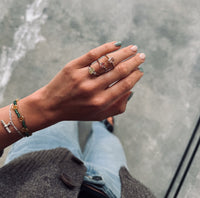
Colour is the New Classic: Engagement Ring Trends to Watch
This summer, coloured engagement rings are taking over. Discover why modern couples are choosing lab-grown stones for their ethical beauty, individuality, and timeless charm.

